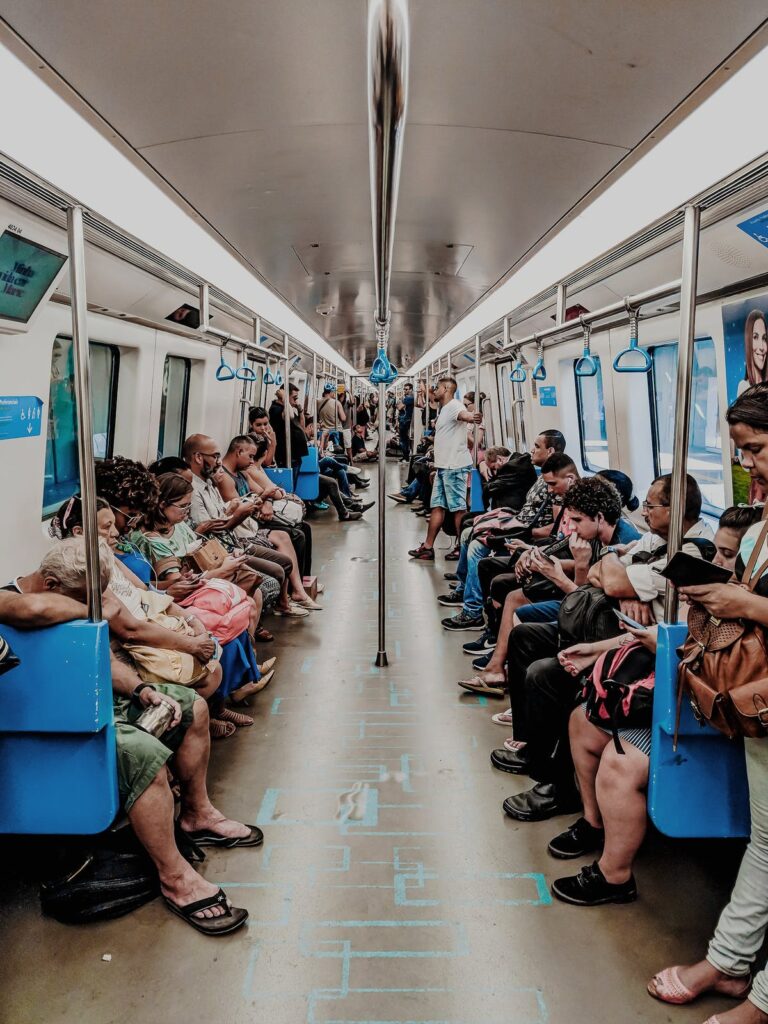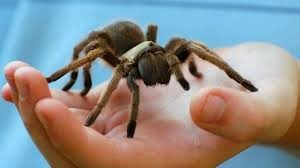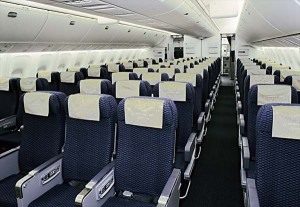I had a normal childhood. One of my favorite places in our hometown was our bird farm, where I thought it was very cool to go hang out with birds and touch them. I cannot imagine this anymore.
All of this was until I had a very bad experience one day. I was nine. We were in this park and someone dumped a bag of birdseed in front of me. All of a sudden there I was engulfed in a cloud of sparrows. I couldn’t see anything except brown-white feathers everywhere. And I couldn’t hear anything except for chirping, frantic wing flapping.
I started to feel like I couldn’t breathe. To me this felt like it went on for tens of minutes, even though talking to Brenda, I realized it must have actually been a couple of seconds.
I was really shaken. My parents were like, “Oh, poor baby, let’s go and take her out for some ice cream.” And we did. They sat me down and put some ice cream in front of me. And, a very bold pigeon landed in my plate and started flapping around. There were feathers everywhere and the sound that terrified me a couple of seconds ago was back.
I think that was what cemented the connection between birds and danger in my mind. I think I’ve had this phobia ever since.
How it affected Neha’s daily life
When we walk around Palo Alto, we have to take a special route to avoid houses with any chicken coops.
Neha’s Boyfriend
When we walk around in the city, and you see a bird on the sidewalk, you squeeze my hand really tightly and cry.
Neha’s Sister
That time you ran out of the kitchen, screaming and sweating and crying, and it was because there was a feather on the floor.
Neha’s Mom
The Next Steps
My mother sent out an email to all of her doctor friends saying, “My daughter runs into traffic to escape pigeons. Can anyone help us?” The answer we got was VR therapy.
I thought, “That sounds made up, and kinda like sci-fi.”
————————————————————————————————————
I can deal with a penguin maybe, a video of a penguin
Neha
Even as a part of the process, there was an option to stop. So I never felt like, “Oh my God, I can’t take it anymore.” It was always under control. It was never something that I felt like I had to get out of immediately.
My goal was to not have bird phobia interrupt my daily life. I wanted to walk within 10 feet of a bird.
If I’m being perfectly honest, I definitely still pay attention to birds. “Oh there’s a bird near me, I’m going to start my breathing exercises.” But, I can function like normal.
For more information on Neha’s story, click here.



